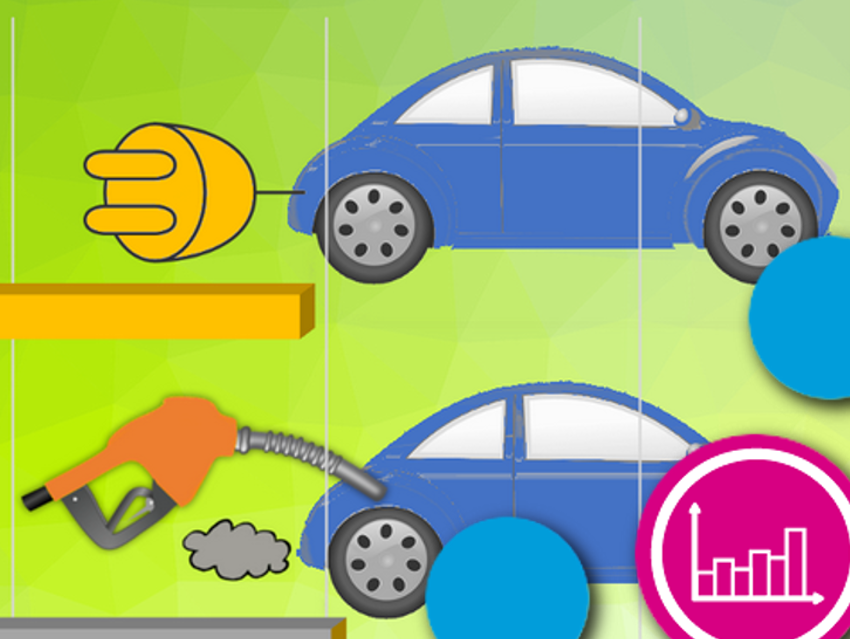Climate Effects of Cars Over Their Life Cycle
The electric car has a significantly poor ecological balance in production. It can only make up for this disadvantage after driving several hundreds of kilometers with electricity that is as low as possible in CO2 during production.
.png)
However, simply changing the energy source is not enough to achieve the internationally agreed climate protection targets. A comprehensive turnaround in mobility is necessary with the goal to reduce energy consumption. The race for ever greater ranges with the correspondingly heavier batteries reduces the desired ecological advantage of electric cars. A larger electric car is also less energy-efficient because of the heavier battery, among other things. This increases CO2 emissions accordingly as long as fossil power plants contribute to the electricity mix. If the electricity mix becomes greener, the electric car also becomes cleaner.
Lithium-Ion Batteries
The production of battery cells requires a lot of energy. Currently, NMC (Li(NiCoMn)O2) cathodes and NCA (LiNiCoAlO2) cathodes are predominantly used in electric cars.

In large lithium-ion batteries for vehicles, several cells are assembled in modules and connected to each other. This requires additional battery management, a cooling system, and a stable battery housing.
The battery cells are primarily manufactured in Asia. The largest cell manufacturers are LG Chem (NMC) and Samsung SDI (NMC) in South Korea, Panasonic (NCA) in Japan, and CATL (Contemporary Amperex Technology Ltd.) and BYD (LFP (LiFePO4)) in China.
Raw Materials for Batteries
Lithium and cobalt are key elements in battery technology. More than half of all cobalt is currently mined in Congo, a country torn apart by years of civil war. Most of the world’s lithium deposits are concentrated in South America.

- Institut für Energie- und Umweltforschung Heidelberg GmbH (ifeu), Klimabilanz von Elektroautos. Einflussfaktoren und Verbesserungspotenzial, Heidelberg, Germany, 2019. (in German)
- Reinhard Zellner, Zu viel CO2 aus dem Verkehr: Ist Elektromobilität die Lösung?, Nachr. Chem. 2019. https://doi.org/10.1002/nadc.20194083851
- U.S. Geological Survey, Mineral Commodity Summaries, February 2019.
Also of Interest
- Clever Picture: Emissions of a Car,
ChemViews Mag. 2017.
https://doi.org/10.1002/chemv.201700085
The chemical composition of a car’s exhaust gas explained - Resources for Emerging Technologies,
ChemViews Mag. 2016.
https://doi.org/10.1002/chemv.201600079
Production and demand of raw materials




